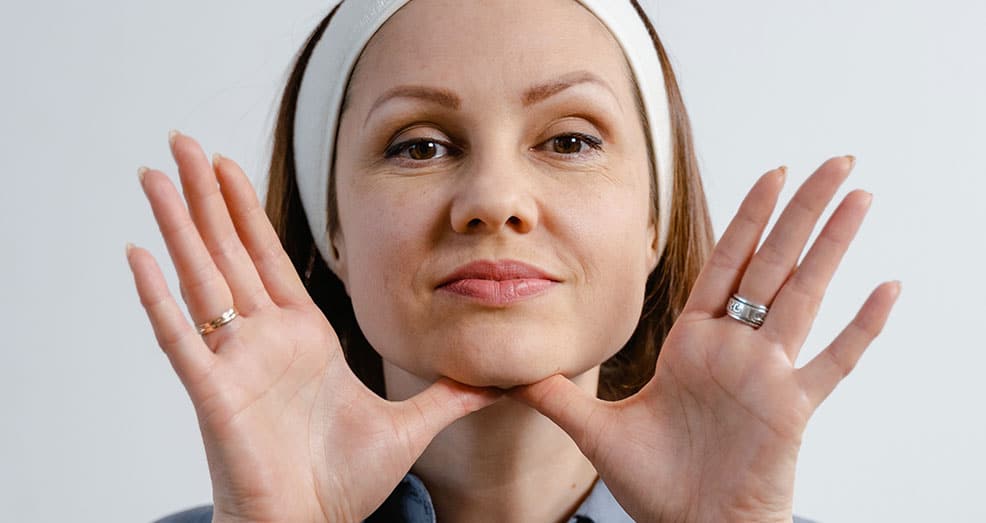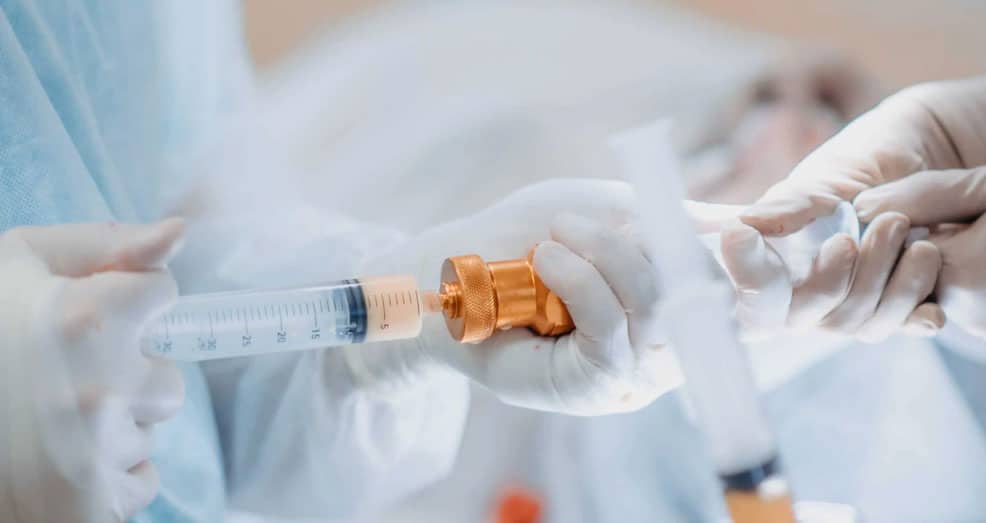Losing a great deal of weight is a huge feat and you should by all means be very proud of yourself and your efforts. You’ve worked really hard to get rid of those excess kilos that you have been carrying around for what seemed like an eternity. Now, you feel quite good about yourself, and you are looking forward to living a healthier lifestyle for years to come. But in the midst of all these good feelings after your weight loss surgery, there seems to be a problem – your skin is hanging loosely on your body.
The skin, which is your body’s largest organ, and is everywhere on your body, should be tight and toned. Unfortunately, it seems like it has literally multiplied and it’s hanging on virtually every part of your body just staring back at you. It seems like the body that you were aiming to have is hidden behind a blanket of loose skin.
Well, this is quite normal, especially after losing a significant amount of weight with (and without) weight loss surgery. It can reduce the skin’s elasticity thus making you end up with extra skin that is sagging, dimpled and loose. This can make you feel a bit defeated and also keep you from feeling confident at your new weight. Fortunately, there is something you can do about it. But before we get to that, lets discuss what weight loss surgery is.
Weight Loss Surgery (Bariatric Surgery)
Weight loss surgery, also called bariatric surgery, is a procedure that simply reduces the size of one’s stomach, and as a result, limits the amount of food one eats. For anyone wondering if they can have the procedure done to shed a few kilos, the answer is no because not everyone is a candidate. This weight loss procedure is limited to people who are obese. According to weight loss experts, people with a BMI of 40 and above would be ideal candidates, though candidates with a BMI of more than 35 and other obesity related issues (e.g. co-morbidities) may also qualify for Bariatric Surgeries*. As for anyone who is not obese, a different kind of weight loss programme is prescribed, typically focussed on a healthier diet and exercise.
Depending on one’s needs, there are different types of weight loss surgery. These include:
- Sleeve gastrectomy: This is a straight forward procedure that removes part of the stomach leaving you with a smaller stomach, in addition to lessening your desire to eat.
- Laparoscopic adjustable gastric banding: In this type of surgery, a balloon is placed on the upper part of the stomach, which leaves a small pouch to hold food This limits the amount of food you eat, which results in weight loss.
- Roux-en-Y gastric bypass: Here, the weight loss surgeon creates a smaller pouch at the top of your stomach, which receives food and greatly limits the amount of food you can consume. The small intestine is then connected to this smaller pouch, which makes food flow directly from this pouch to the connected intestine. This results in the absorption of fewer nutrients and calories.
- Biliopancreatic diversion with duodenal switch: This type of weight loss surgery involves removing a larger part of the stomach, and attaching a duodenal switch and a biliopancreatic diversion, which limits the absorption of calories resulting in massive weight loss.
Lower Bodylift After Weight Loss Surgery
The solution for the excess loose skin around your abdomen and lower back after your weight loss surgery is a cosmetic procedure known as a Lower Bodylift. The procedure restores normal contours to the body with a tighter skin leaving you looking great and typically happier and more confident in your body (in addition the clothes you wear).
We had a chat with Dr Kamal Sawan, an American Board-Certified Plastic Surgeon at Al Shunnar Plastic Surgery Clinic in Dubai who shed some light on what is involved in a Lower Bodylift procedure after a weight loss surgery, which he has plenty of experience on and has performed numerous surgeries on the same.
Q: What is a Lower Bodylift?
Dr Kamal: Pregnancies, extreme weight loss or age can cause excess, sagging skin and the build up of fatty tissue on the upper legs and lower torso. This happens due to the skin becoming loose and stretched leading to it losing its elasticity. A Lower bodylift, also known as a belt lipectomy removes this extra skin and fat from the outer hip, lower back, buttocks and belly giving you the best contour possible for your waist area and buttocks. If you are looking for dramatic lifelong results then this is it because once the flabby skin and fat are removed, the contours of the body are lifted and flattened. This will leave you more confident and you won’t have hide underneath baggy clothes again.
Q: How much weight does a person need to lose before a lower Bodylift?
Dr Kamal: A person going in for a full body lift should be at or near a stable, healthy body weight or the Target body weight set by your Bariatric surgery team. You results can be impacted, leaving you with more loose skin if you are intending on losing more weight after the surgery. Additionally, if you are carrying too much excess weight, the risks associated with having surgery increase.
Q: Who is an ideal candidate for a Lower Bodylift?
Dr Kamal: The most important factor with any plastic surgery is that the patient should be healthy. As mentioned above, having a stable weight is vital, he or she should have lost a significant amount of weight, have stubborn excess skin and/fat around the upper thighs or lower torso and also have realistic expectations.
Q: How long is the recovery?
Dr Kamal: The procedure itself usually takes around 4-5 hours and the recovery can take anywhere between 2-6 weeks depending on the individual and the areas that have been treated. The patient’s health is the most important factor to consider, therefore it is vital not to rush through the recovery. Also stay away from strenuous activities until you have been cleared by the doctor.
Q: How long will the swelling last?
Dr Kamal: The swelling will start going down after a few weeks but it can also last for a few months before the optimal results become visible.
Q: What will the scars look like after the surgery?
Dr Kamal: In order to achieve the dramatic effects of a lower bodylift, the incisions or as I call them “Seem lines “tend to be quite long. Although scarring will be there, it is expected to fade over the course of about a year plus the incisions are normally placed where they can be hidden by clothing. Following the surgeon’s aftercare instructions to a T ensures that the scars heal as nicely as possible.
We’ve broken down the lower bodylift procedure into 5 steps so as to give you a sneak peek on how it is done.
1. After careful markings are made to ensure optimum scar Placement, Anesthesia is administered to make you fall asleep and not feel any form of discomfort.
2. Prior to making Incisions some areas are liposuctioned to optimise the contouring, incisions are then made on the treatment areas. In most cases a pattern similar to a bikini bottom is used on the abdomen, groin, waist, buttocks and hips.
3. The surgeon will form the tissues underneath and use deep sutures in the tissue to support the new shape.
4. Excess skin is then removed and repositioned while tightening the tissue underneath in the process.
5. Finally the incisions are closed with sutures, clips or skin adhesives.
Thanks to Dr Kamal’s expertise and his skilful hands, our previous lower Bodylift patients were thrilled with their results after their weight loss surgery. We are always ready to answer your questions in case you have them. Are you thinking of undergoing a lower Bodylift procedure done by our American Board-Certified Plastic Surgeon Dr Kamal Sawan at Al Shunnar Plastic Surgery in Dubai? Then go ahead and book a consultation with us and we guarantee that you will be in the right hands.



